In the fast-paced, ever-changing world of real estate, the traditional open house is getting a major digital makeover. We’re now in the era of the virtual open house. I’ll break down how a virtual open house works, but more importantly, how you can use this amazing technology to catapult your real estate business to the next level. Buckle up as we dive deep into the art and science of hosting these open houses that not only captivate but convert.
What Is a Virtual Open House?
The virtual open house represents more than just a technological advancement; it’s a new frontier in real estate marketing. But what exactly is a virtual or online open house? Simply put, it’s an event where agents present a property to potential buyers through digital platforms, offering a comprehensive, interactive experience without leaving their homes.
How does a virtual open house work? You can create a virtual experience in a myriad of ways. I’ll explain several ways you can use this technology to create the most interactive virtual tours for your future clients.
3D Virtual Tours
One popular method is through a 3D virtual tour to display on your website using a company like Matterport or your professional photographer. This approach has become a cornerstone of the online open house, distinguishable by the circles with arrows, called hotspots, for navigation. The 3D effect is created by taking a series of 360-degree photos of the entire house and stitching them together, creating a seamless feel. This virtual tour is static and can live on your listing or website for anyone to explore anytime. It can stand in for a physical open house or encourage a live showing.

These tours allow the viewer to move freely around the home, looking from different angles and getting a feel for the layout. All you need to do is use your cursor to drag the viewer from location to location. Or if you’re on a phone, you can use your finger. It’s super-easy to do, and you don’t need a headset to get the 3D experience. But if your clients have a virtual reality (VR) headset with a controller, like the Oculus Quest or Meta Quest, they can insert themselves inside the virtual tour to visualize being in the space.
This is a pretty standard feature in listings these days. Matterport has boomed over the past five years as a result of the expectation among buyers to have this capability in listings. I always had my professional photographer shoot these for my listings. You need to have a 3D 360-digital camera to create this effect. Matterport sells cameras on its site that are compatible with its technology or you can purchase one on Amazon. Prices for these types of cameras start at around $400. Send your footage to Matterport and have them create a 3D tour (complete with the dollhouse image) for your listing—plus, sign up with them for free.
We encountered a new tech company on the scene at Inman Connect New York this year that allows agents to use their iPhone to create virtual tours. It’s called Sphere, and they’re a brand-new app on the scene. It’s not quite the same level of quality as the Matterport rendition, but keep your eyes on this little company. With the technology in the palm of your hand, Sphere may just have the power to level the playing field for all agents.
3D Video Tours
I purchased an Insta360 camera during the COVID-19 lockdown to create 3D video tours, which is another way to use this technology. I created video tours specifically for YouTube that featured the 3D capability. When you watch the video below, you can pause the video and use your cursor to take a look around the room. Use overlays like I did in the video above, or do a guided tour, where you record a voice-over to point out the home’s features. It’s not a virtual open house, but it can act as an on-demand one.
Live Virtual Open House
Another way to host a virtual open house is as a live event using a streaming platform like Facebook Live or Zoom. I hosted so many online open houses and loved doing them. I would host them on Facebook Live and show the home during a specified time, then save the recording to post it on my website or send it to people directly. You can also do live private showings if your clients are not local.
There are many advantages to offering open houses virtually. The savvy agent will most likely employ multiple virtual options in addition to physical marketing strategies to get their listings sold faster.
Benefits of Holding Virtual Open Houses
Virtual technology can be an agent’s ally in selling more homes more efficiently and getting to the closing table faster. Let’s talk about why you, as an agent, would want to offer virtual experiences to your clients. Here’s why:
Less Disruption for Sellers
When your seller is still living in the home, it could be a pain to have them leave in order for showings to happen. And hosting a live open house for several hours really puts your clients out, especially if they have pets. A prerecorded open house on the listing can help avoid some of that disruption and put the home on display at all hours of the day and night. Because, let’s be honest, the middle of the night is a hotbed for real estate activity.
Cost-effectiveness & Time Efficiency
My favorite thing about hosting online open houses is that I don’t have to pay for refreshments! That’s a costly expense listing agents need to consider when preparing their open houses that just doesn’t exist when you’re hosting virtually. Not to mention, once that physical open house is over, that’s it. Once it’s over, it’s over.
But the virtual open house can be recorded and continue to work for you long after the cameras are off. I also saved money on brochures and other printables for my online open houses. I created flyers for my virtual listings but saved money on printing because I shared them digitally. Overall, virtual open houses are one of the least expensive ways to generate real estate leads for your business.
Wider Reach
I specialize in military movers who can be coming from literally anywhere in the world. I’ve shown homes to families in Japan, Germany, the UK, California, Virginia, New Mexico, and so many other places that were not local to me. Imagine selling properties to investors in other countries, like South Africa, Japan, Australia … well, you get the idea. No longer is your reach within a 100-mile radius of where you are. You can sell homes anywhere, anytime, to practically anyone. Your reach with this virtual technology is limitless.
Convenience
This one is a given. When you no longer have to schedule showings with sellers to see the interior of a home, the convenience factor is tenfold. The sellers aren’t displaced, the buyers don’t have to wait, and the agents don’t have to do all the rearranging and scheduling. It’s a win for everyone!
Safety
Let’s be honest, as a real estate professional, open houses kind of creep me out. I always worry about realtor safety and can’t always have someone sit with me in my open houses. I always made a point of turning on my location service on my phone and sending it to my husband. But the truth is, safety is a major concern for agents, and the virtual open house is a fantastic way to alleviate some of the anxiety around physical open houses and the dangers they pose for real estate agents. Who doesn’t want to work more safely?
Analytics & Feedback
One of the coolest things about hosting an open house virtually is you can track your traffic if you post it. Sure, you can track how many people attend a physical open house. But after the event is over, you don’t know what people are thinking.
A 3D open house video allows for monitoring visitor engagement, similar to tracking clicks on a website. It’s possible to observe the number of viewers, the duration of their visits, and whether they are returning visitors. Today’s analytics tools offer impressive capabilities. I utilized YouTube to monitor most of my site traffic, while Google Analytics and Meta Insights serve as powerful options for tracking engagement on Facebook and Instagram posts.
Virtual Hosting Tools
You have so many options to choose from when it comes to how to host a virtual open house. There is no hard and fast rule about which tools are better. Some work well in some situations, while some are better suited for others. You can test several methods and tools to find the best for you. Here are a few tools to get you started, broken down by type:
- For Virtual Tours (Static or Video)
- Matterport
- Zillow 3D Home
- Professional photographer
- DIY (investment in a 3D virtual camera needed, approximately $400-plus)
- Hosting Platforms
- Zoom
- Google Meet
- Microsoft Teams
- Live Streaming Services
- Facebook Live
- Instagram Live
- YouTube Live
Remember, you may want to use more than one of these types of virtual tours for your listing. And don’t forget about your buyers! Schedule private tours of listings or do live virtual showings using one of the hosting platforms for them to view from their sofas.
Preparing to Host a Virtual Open House
Ready to host your own online open house? The first thing you need to do is prepare. Here is your virtual open house checklist.
1. Select the Type of Virtual Open House
Decide which type of tour you want to host. Will you create a 3D video for your website or a static 3D walk-through tour (like the Matterport-style), or will you host a live event? You can do more than one of these, but decide upfront how you want to market your listing and plan ahead.
2. Choose Your Platform
You have plenty of options when it comes to platforms for your virtual tour.
- Livestreaming: If you are doing a live event, familiarize yourself with the platform you’ll use beforehand. Choose livestreaming platforms, like Facebook Live, Instagram Live, or YouTube Live, and make sure you have plenty of bandwidth and signal strength in your location. Trust me, the last thing you want is to lose the livestream while you’re in the middle of your live online open house. Plus, signal strength affects the quality of your video. So, if you run into any issues, prerecord the video walk-through and show the recording while you’re on the live feed. You can still have a live conversation with your visitors while ensuring the video of the listing doesn’t pixelate or drop altogether.
- Private showing: If you’re hosting a private showing, make sure you’re using a good platform for video calling. Zoom is great, but other options, like Google Meet and Facetime, may work better for some situations. Your cellular coverage may impact some platforms more than others, so it’s best to test ahead of time. If you want to have the ability to record your virtual tour, make sure the platform you choose has that capability. Once you’ve figured out your equipment and platform, schedule with the listing agent (if that’s not you) and let them know you’re doing a virtual showing with your clients.
- Prerecording: Choose the camera you need (or hire a professional) and make sure the home is properly prepared for photos. The best time to do your 3D virtual walk-through and your 3D videos is at the same time as your photography. I typically have my photographer do all of my pictures, 3D images, and videos. If I want to do additional video footage for myself, I’ll do it during the same time slot after my pro is done.
3. Staging & Preparations
Standard protocols for a good showing apply here, but that’s just the tip of the iceberg for virtual open houses. Turn on all the lights like you would for a physical open house. Make sure the home is properly staged. If you’re going the virtual staging route, consider using a platform like Apply Design. You can stage a whole home in just 15 minutes. Stage multiple uses for the same room, remove clutter from an occupied space, or make minor changes to the interior or exterior for greater appeal. You can do it all inside Apply Design. Try it out for free!
4. Camera Angles & Lighting
You absolutely want to pay additional attention to the lighting inside the home. Go through each room before the event starts to make sure all the lights are on and the curtains and blinds are open. Next, explore the home through the camera lens to uncover the best way to shoot each room. Then, map out your path. You want the virtual tour to be smooth, with thoughtful transitions from room to room.
5. Trial Run & Feedback
It’s a great idea to do a test run or two before the event. Whether you’re shooting a prerecorded virtual tour or gearing up for a live showcase, the more practice runs you make and feedback you receive and implement, the easier it will be to edit afterward. Plus, you’ll have a much more polished finished product.
6. Advertise Your Event
Use every avenue to advertise your online open house a week ahead. Run ads on Google and Facebook, make multiple posts on all of your social media, and encourage people to RSVP by sharing their first name and email.
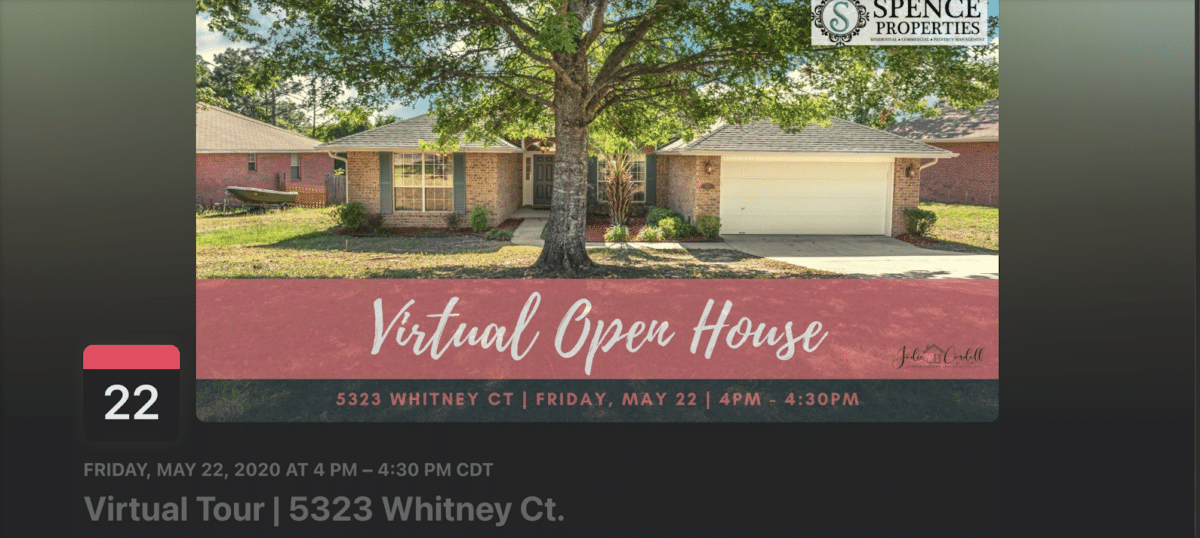
Create an event on Facebook and get a discussion going. Tease the event by answering presubmitted questions and sharing tidbits about the house to whet the appetite. Use as many of these outlets to get the word across as possible.
- Evites
- Google Ads
- TikTok
- Text message
- Direct mail (postcards, flyers, door hangers)
Don’t forget your email list! Send out announcements and invite your database. You never know who might be in touch with your next client. I used Evite to create pretty invitations that I could send to all of my people.
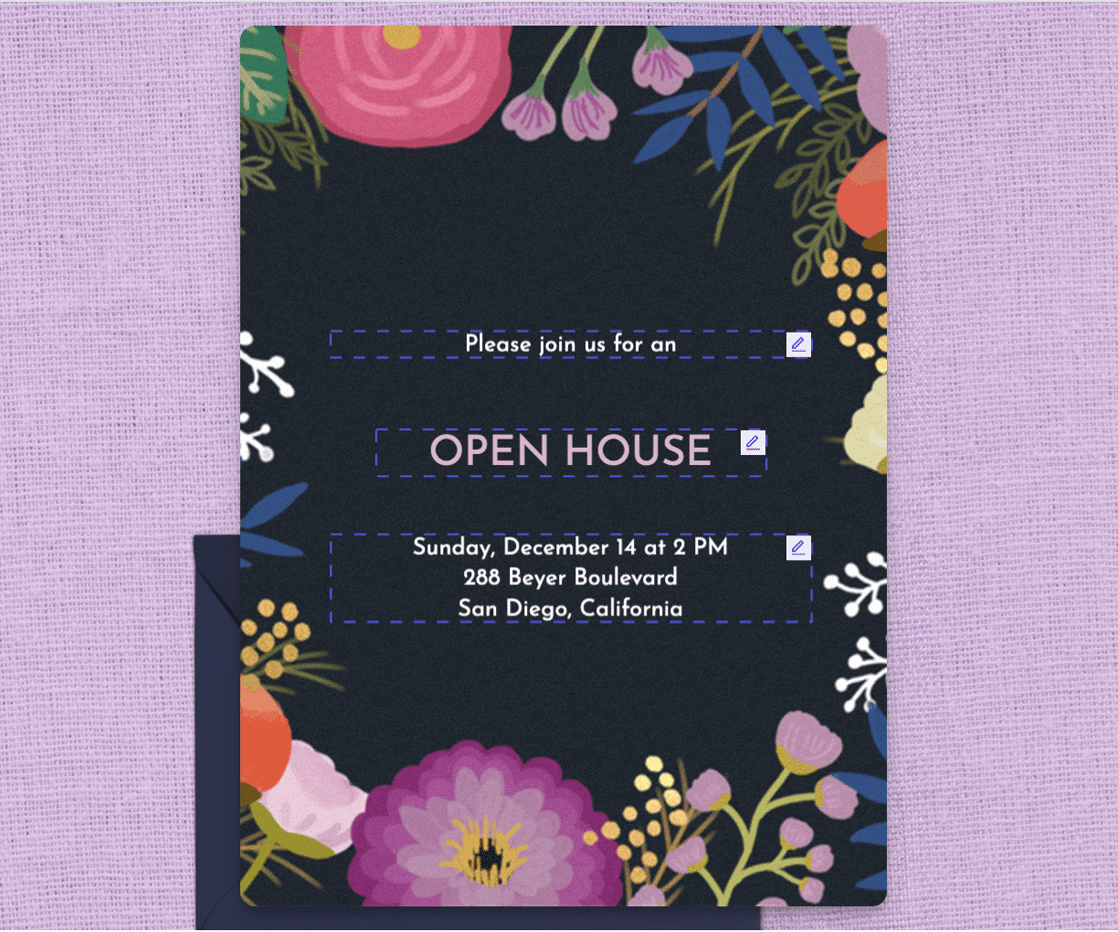
Conducting Your Virtual Open House
So, now you’re ready for the event. Let’s talk about how to make your open house as successful as possible.
7. Engagement & Interaction
For a live event, you should focus as much on engagement as possible. Yes, you want potential buyers to view the home, but interacting with site visitors is important for the algorithm and for keeping visitors on your live event. Pose some questions, conduct a survey or poll, and ask your visitors for feedback during the event.
8. Delegate Responsibilities
While we’re talking about the live event, maintaining a stream, showing the property details, being entertaining, and managing the chat solo may prove difficult. Ask for help! Hire another agent you trust or a virtual assistant to manage the chat so you can focus on keeping your viewers engaged without missing any key questions. You might also delegate the technology so you don’t have to worry about losing connection, sound, or a myriad of other distractions during your livestream.
9. Continue the Experience
Direct viewers to your additional virtual content around this and other listings during your event. Let them know that your 3D virtual tour is a more immersive experience than the current virtual tour you’re currently hosting. Once your live event has concluded, your guests can continue the experience on their own. VR headsets with a controller will work on any 3D virtual tour.
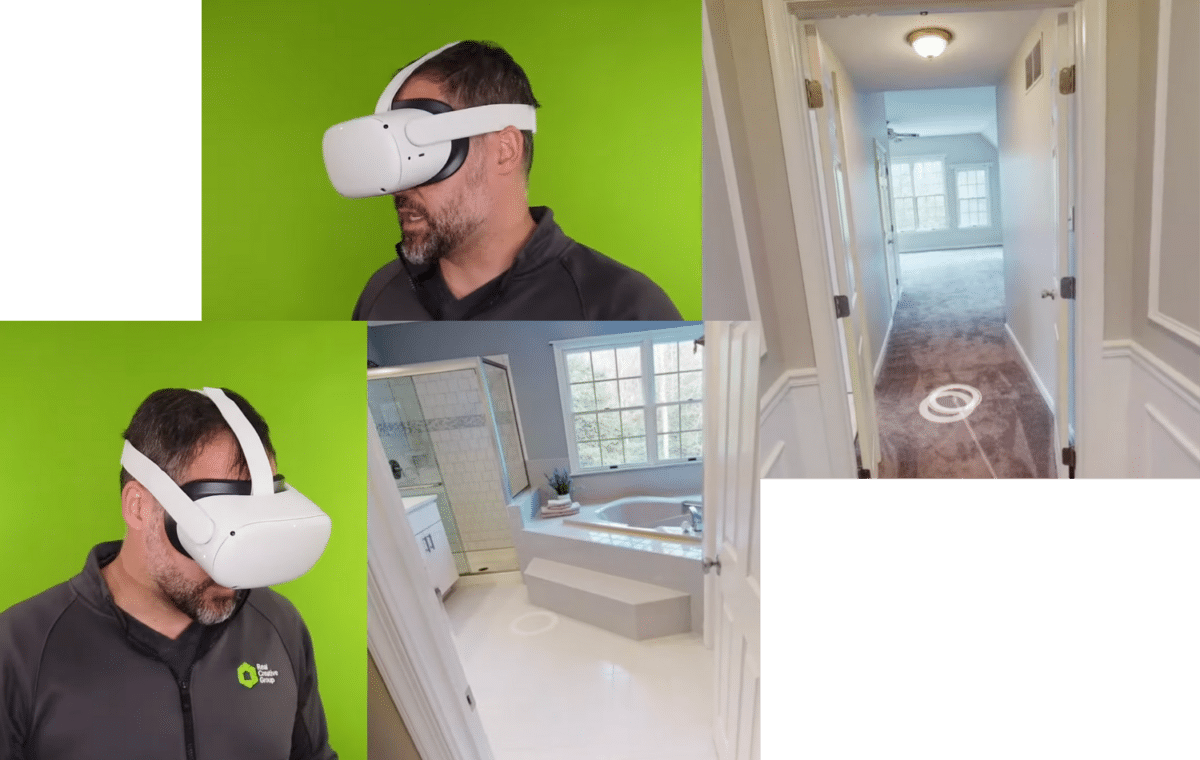
Converting Attendees Post-event
Congratulations! You’ve just hosted a virtual open house. Your visitors were engaged, the banter was lively, and the home showed beautifully. You had a healthy number of visitors to your open house, and you feel confident you have some potential for new clients among them. Now what?
10. Collect Data
If you had your guests fill out a data collection form as an RSVP to your event, you have several names and email addresses to add to your customer relationship management (CRM) system. All you need to do is put them in your drip campaign to start the nurturing process. Your campaign should encourage these new leads to reply to your emails. You can ask for feedback on the listing or the virtual open house and offer to send them additional information to help them with their home search.
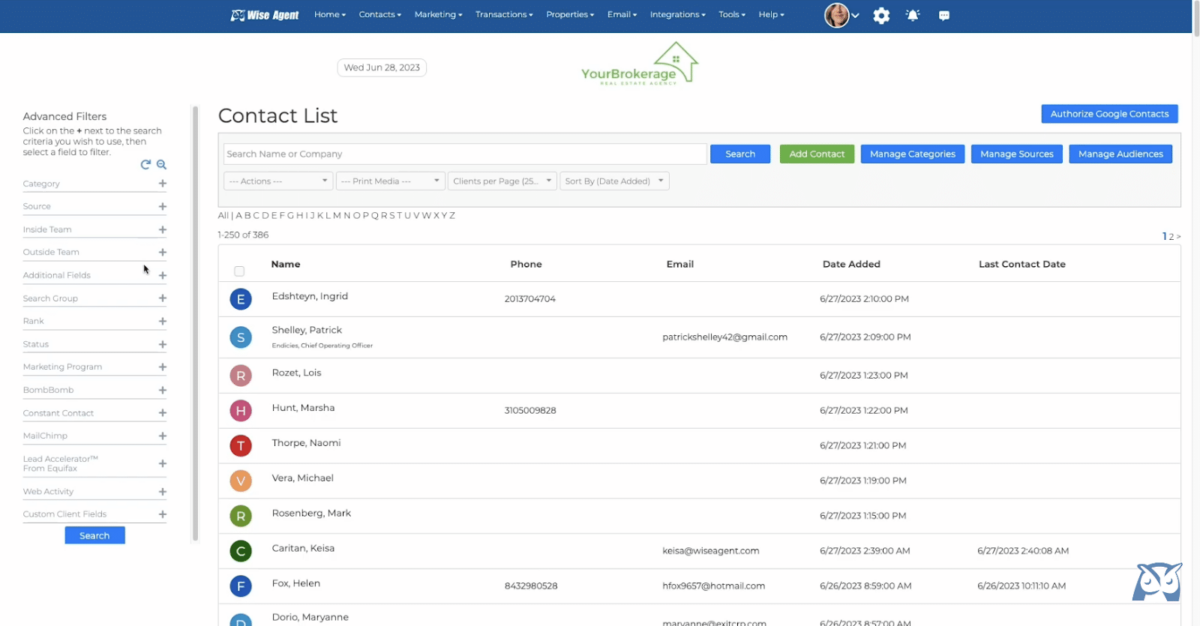
Need a stellar CRM to manage your new leads? Wise Agent is the perfect platform to keep your database organized so you can convert more of your leads into closed transactions. With its sleek interface and easy-to-use features, Wise Agent keeps your leads visible and easy to access so you can master your follow-up and build stronger relationships that turn into sales.
11. Follow-up With Attendees
The first thing you should do immediately after your live virtual open house is thank them for attending. I love making quick thank-you videos to send using a platform like BombBomb. If you got their cell phone numbers when they signed up, you can also text them the thank-you video.
Continue reaching out to those attendees over the coming weeks using your CRM’s drip campaign or through your email marketing platform, like Mailchimp. The secret is to stay in their orbit until they’re ready to choose their real estate agent.
Best Practices for Success
Embracing virtual open houses offers a dynamic way to connect with potential buyers and streamline the path to sale. Below are key best practices to maximize success and leverage the latest in real estate technology.
- Engage and Accelerate Closing:
- These types of open houses are effective for engaging prospects, generating interest, and speeding up the closing process. Emerging technologies offer buyers flexible viewing options.
- Practice Makes Better:
- The key to mastering these technologies is continuous practice.
- Test and explore various tools to discover your preferences.
- Embrace familiar tech while integrating new tools into your repertoire.
- Handle Technical Issues Gracefully:
- Expect occasional technical problems like internet drops or platform outages.
- Adapt by rescheduling if necessary; consider leveraging virtual assistants for livestreaming support.
- Blend Virtual and Physical Experiences:
- Some buyers prefer physical tours to assess aspects like odors.
- Offer 3D tours and virtual events as preliminary options, filtering serious prospects.
- Optimize Scheduling for Greater Reach:
- Conduct multiple virtual open houses per listing, around three to five, based on market duration.
- Vary event times to accommodate diverse attendee schedules, enhancing live engagement and listing visibility.
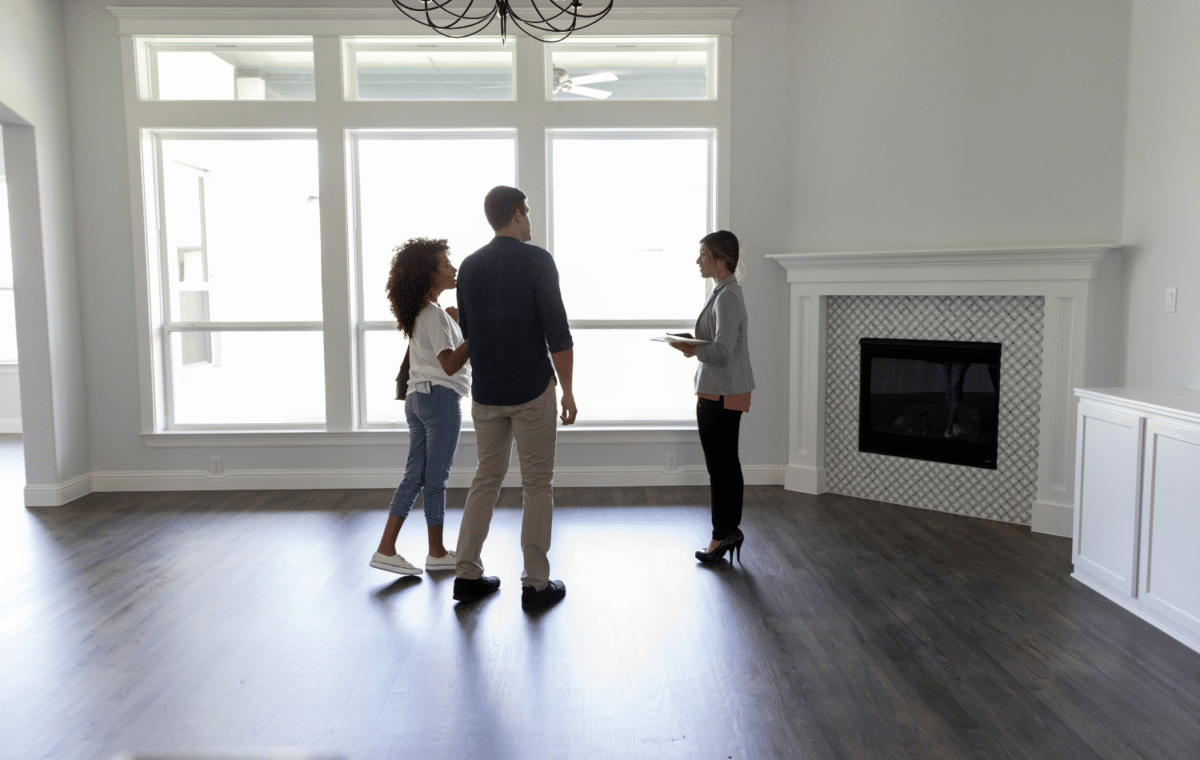
Your Take
Ah, virtual reality! It’s changing how we view and interact with the world. Used effectively, this technology has the power to 10x your gross commission income (GCI). Leverage one of your listings with virtual reality to expand your reach, fast-track your marketing efforts, and close more deals with less effort. I love this technology!
How about you? Have you started using virtual open houses in your real estate business? Will you host any this year? I encourage you to embrace the amazing tools in your toolbox and plunge into the 21st-century model for real estate marketing. What are you waiting for? Share your thoughts about virtual reality in the comments!






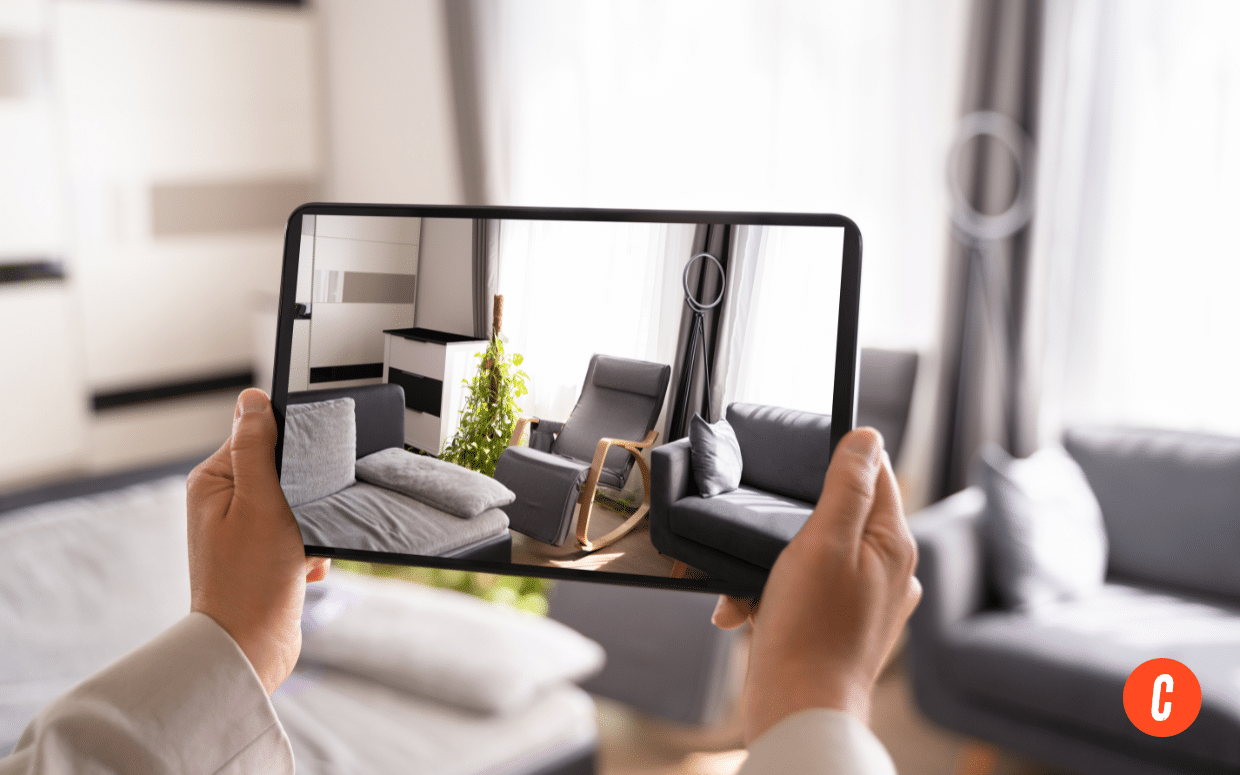

Add comment